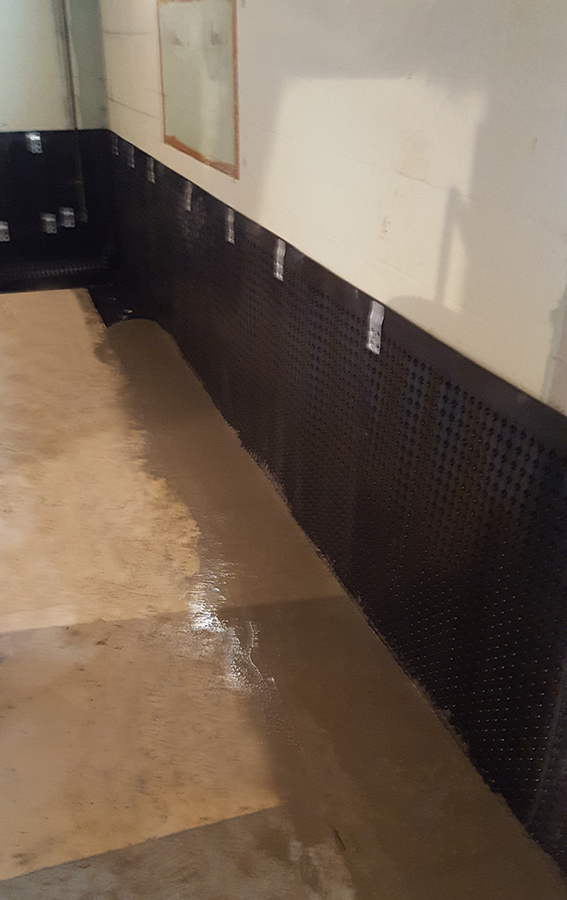 Basement Waterproofing for your Leaky Basement
Basement Waterproofing for your Leaky Basement
Got a Leaky Basement? Depending on the cause of your water and leakage issues, interior or basement waterproofing may be the solution for your property. Hydro-static pressure or lack of access due to confined exterior spaces could mean that exterior waterproofing solutions may not be possible. If your basement or crawl space is an unfinished living area, basement waterproofing might be the more cost effective solution.
Floor and Wall Waterproofing
Basement waterproofing needs to be addressed as soon as it is noticeable. It may not be a problem just yet, however, over time, water can begin to undermine the structural integrity of your home in ways that you may not be able to see. In addition to keeping the structure of your home properly maintained, there are other very important reasons for investing in interior waterproofing.
- Investment: Your home is worth a lot of money. Should you decide to sell, potential buyers may have your home inspected. If there is even a hint of a problem with moisture, you could miss out on a sale.
- Health: Even if there doesn’t appear to be any noticeable water damage, moisture can cause mold, mildew and other air quality issues that can cause serious health problems.
- Pests: Certain pests prefer a damp environment. Spiders, centipedes and millipedes, earwigs, fruit flies and other pests would love to make a cozy home in your damp basement.
- Extended damage: Allowing any moisture to invade your home can cause extended damage over time. The freeze-thaw cycle affects micro-cracks that fill with moisture. During the winter, this moisture can freeze and expand making those tiny cracks larger and larger with every freeze. This can eventually lead to major cracking, buckling, bowing, and shifting of basement walls and foundations. What could have been a simple interior waterproofing job, has now turned into major structural renovations.
Basement Waterproofing Procedure
While all jobs are customized to the needs of your home, below is an overview of the basic procedure:
- The floor is broken around the perimeter, 6 to 10 inches away from the foundation wall
- The Concrete is removed and a trench is dug to expose the bottom footing
- Perforated weeping tile is installed and graded toward the sump pump or floor drain
- A waterproof membrane is installed on the interior wall
- A layer of ¾ clear gravel is placed over the weeping tile for maximum drainage
- Once the membrane and gravel are installed, this will allow any water from above grade or below grade to drain into the system
- New concrete is poured over the trench and finished to the floor’s original level
Service Area
Our service area includes Windsor, Leamington, Kingsville, Essex, Amherstburg, LaSalle, Tecumseh, and Lakeshore.

